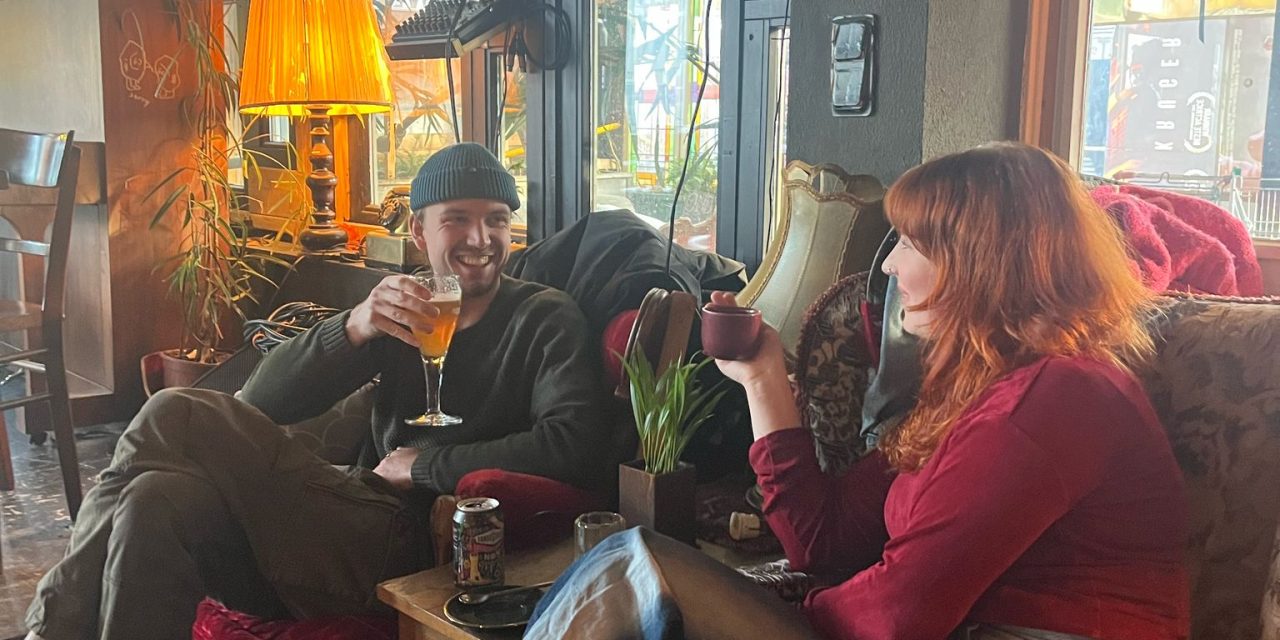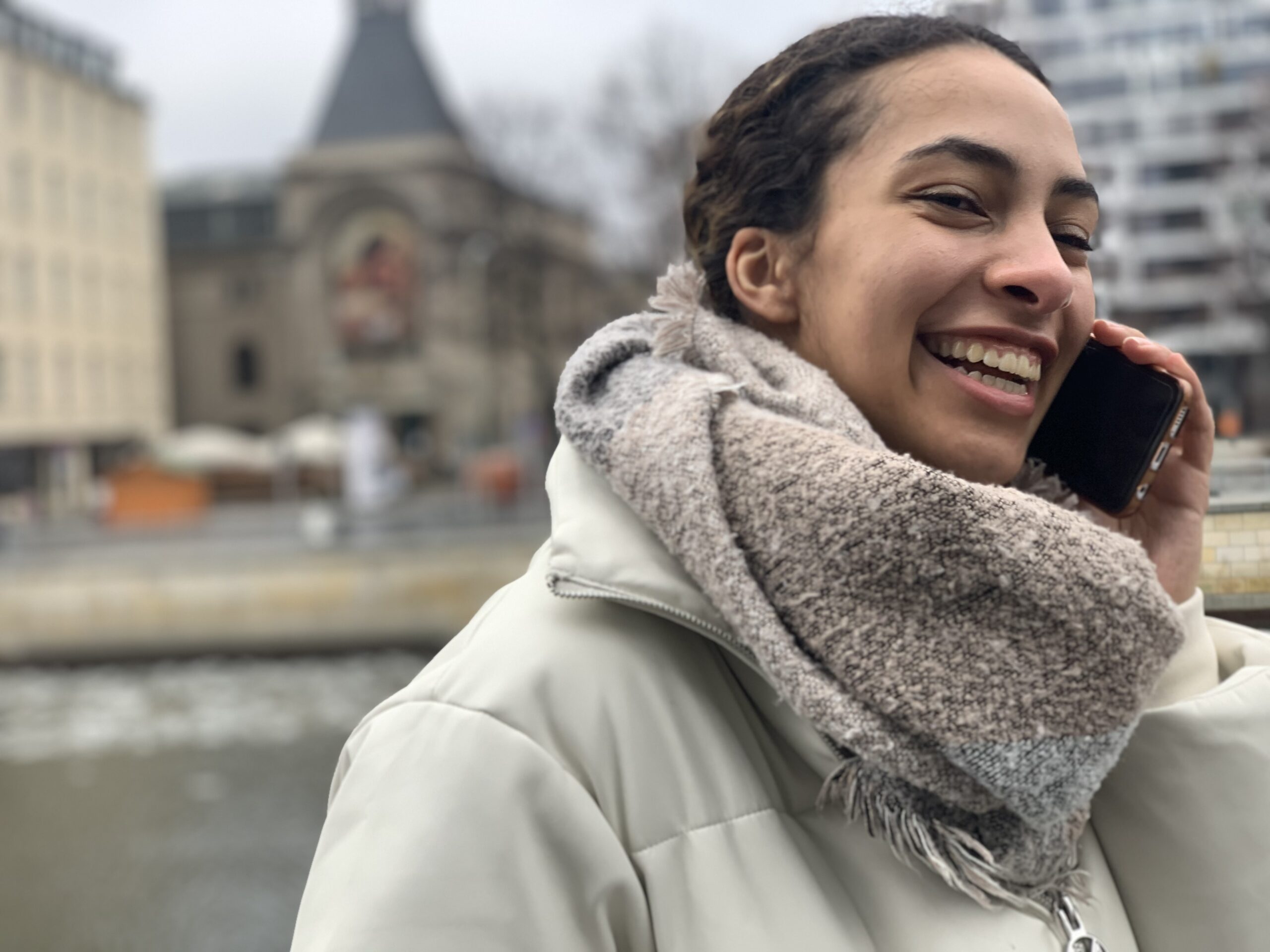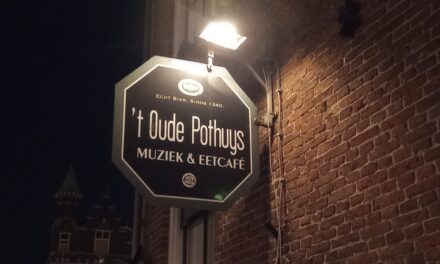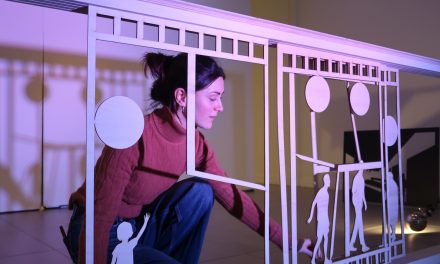Once an industrial district, now a thriving hub of creativity, this is the Werkspoorkwartier in Utrecht West. Once home to steel factories, the area has transformed into a dynamic space for artists and entrepreneurs. But as rising rents and commercialization take hold an artist-led revival could soon become a cautionary tale of gentrification. Can creativity survive when the market moves in?
A Look at the Past
At the end of the Amsterdamsestraatweg, stretching from the iconic Cartesiusweg to the Zuilense Ring, lies the industrial area known as Werkspoorkwartier. Beginning in 1913, thousands of factory workers toiled here, producing train wagons, bridges, boilers, and other steel structures. Despite the arrival of some businesses over the years, much of the area remained marked by vacancy and abandoned plots.
A New Vision for Werkspoorkwartier
In 2012, the Municipality of Utrecht launched a plan to revitalize the district. Backed by EFRO funding, the initiative created 14,000 m² of new business space and over 400 jobs. Ramona van Silfhout, communications manager for the Bedrijvenkring Cartesiusweg (BKC), a local business collective that promotes development in Utrecht West, has witnessed the area’s transformation first-hand. This group connects businesses and drives local development.
“Twelve years ago, it wasn’t pleasant or safe, very grim,” van Silfhout recalls. But where some saw decline, creatives saw potential. Daan Bramer, a visual artist and co-founder of De Nijverheid, has been involved in the area’s rebirth since 2017.
A Creative Hub and Its Challenges
Founded in 2017, De Nijverheid grew from a small atelier with a café into a thriving hub for over 60 artists and studio holders. It now features four exhibition spaces and three performance venues, with the café providing financial support. Bramer, an artist himself, no longer has time for his own work but considers “the creative space as art.” The raw, slightly remote location made it an ideal setting for artistic start-ups.
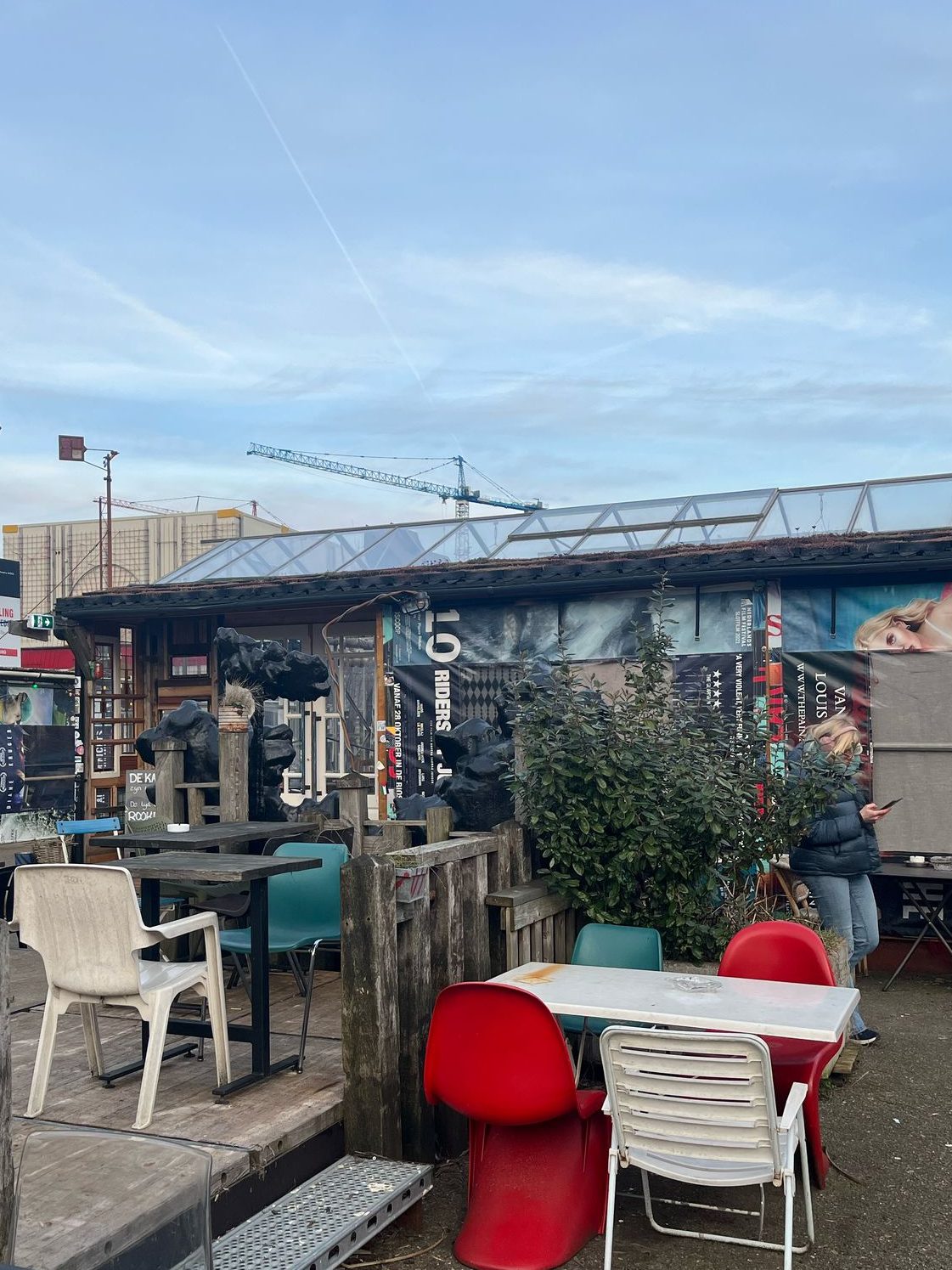
While creative trailblazers have transformed the area into a thriving hub, their success has made it harder for new artists to settle. “There isn’t always space,” Bramer notes. Rising rents and a shrinking number of available studios now pose challenges for those looking to establish themselves. This is something van Silfhout also acknowledges as one of the biggest challenges of the transformation. The initiatives behind the revitalization of this cultural free haven are “taking steps” to establish a more “professional presence in the area,” a move welcomed by van Silfhout’s organization. This raises the question: Will the area’s creative spirit survive as it becomes more commercialized?
For the creative hubs in Werkspoorkwartier, the message from independents like Bramer is clear: “Keeping our identity is important,” and ensuring that artists have a space to showcase their work remains a priority. As Werkspoorkwartier continues to develop, the challenge remains to maintain its creative character while adapting to change. “The beauty of this place is that it wasn’t all planned out in advance,” says Bramer. “Let’s keep it that way.”
